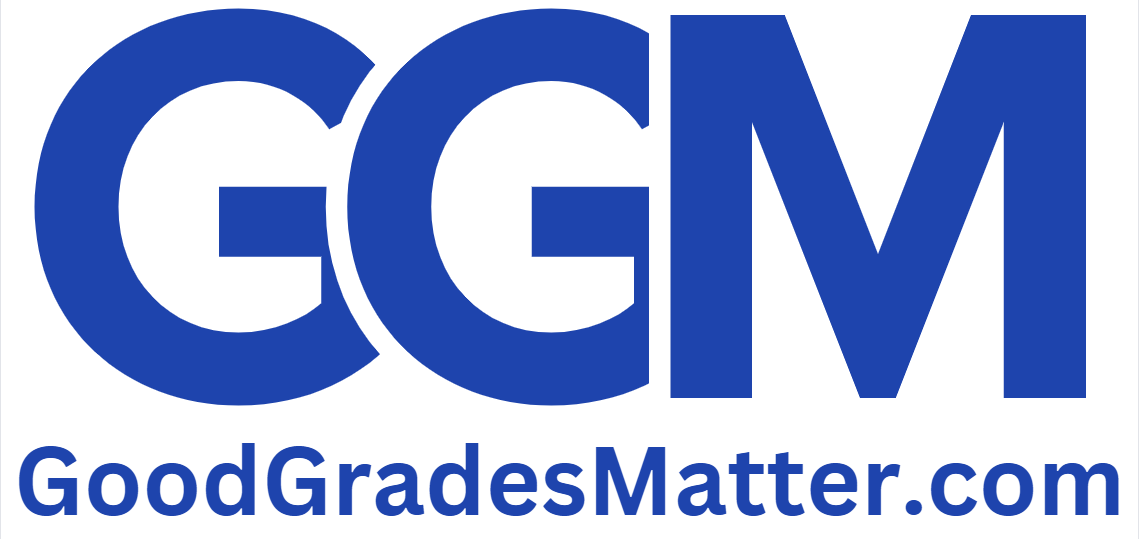Chapter 7 – Thinking Intelligence and Language Quiz Questions
Question 1
An algorithm is a shortcut, or a rule of thumb, that helps simplify and solve a problem.
a. True
b. False
Correct Answer – False
Explanation – An algorithm is a step-by-step procedure, not a shortcut. A heuristic is a rule of thumb.
.Please click on the Icon below to purchase the FULL GRADED ANSWERS at only $2
Question 2
Creative intelligence is defined by the abilities to cope with novel situations and generate many possible solutions to problems.
a. True
b. False
Question 3
Due to the framing effect, the way in which information is presented may influence decision making.
a. True
b. False
Question 4
Howard Gardner proposed that there are a number of intelligences, not just one.
a. True
b. False
Question 5
Incubation can lead to the process of insight.
a. True
b. False
Question 6
Prototypes are often taught by use of examples, or exemplars.
a. True
b. False
Question 7
Robert Sternberg argued there were three forms of intelligence: analytical, logical, and creative.
a. True
b. False
Question 8
The capacity to create new sentences to communicate is called semanticity.
a. True
b. False
Question 9
According to the Flynn effect, IQ scores in the Western world have decreased since the 1940s.
a. True
b. False
Question 10
Alfred Binet developed the first modern intelligence-testing methods.
a. True
b. False
Solution
| Question | Correct Answer | Explanation |
|---|---|---|
| Question 1: An algorithm is a shortcut, or a rule of thumb, that helps simplify and solve a problem. a. True b. False | False | An algorithm is a step-by-step procedure, not a shortcut. A heuristic is a rule of thumb. |
| Question 7: Robert Sternberg argued there were three forms of intelligence: analytical, logical, and creative. a. True b. False | False | Sternberg’s triarchic theory includes analytical, creative, and practical intelligence, not logical. |
.Please click on the Icon below to purchase the FULL GRADED ANSWERS at only $2




